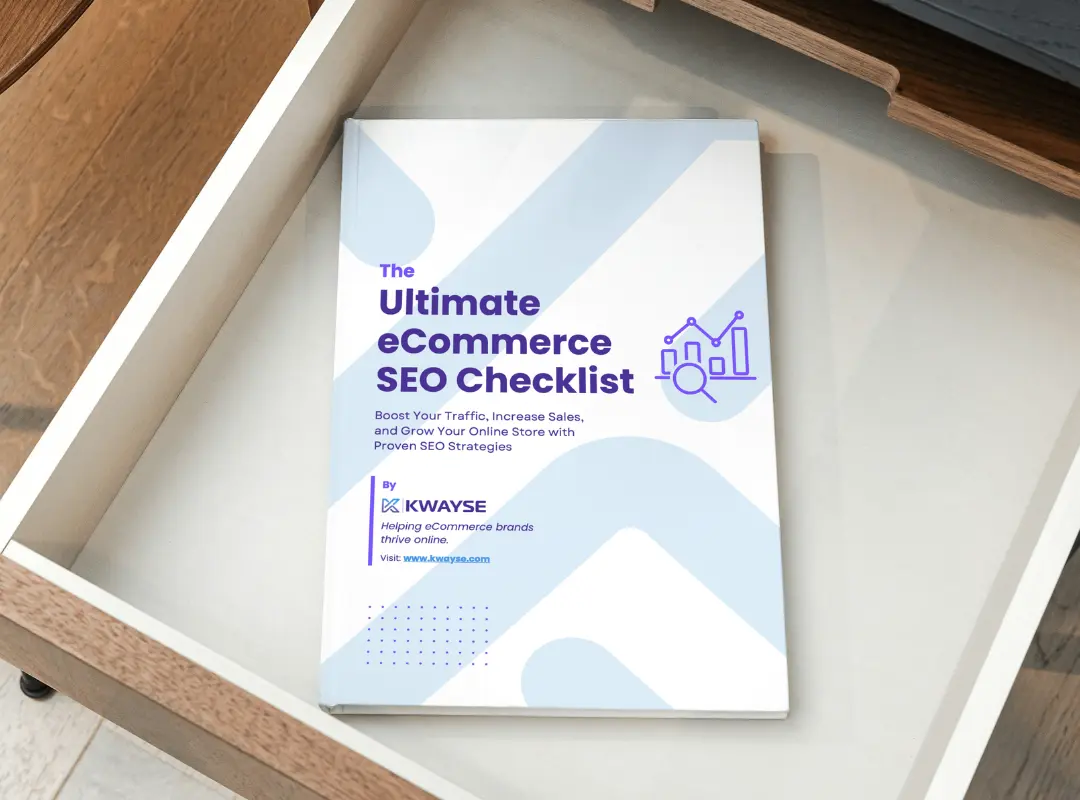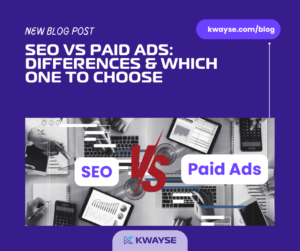Table of Contents

Amazon, Airbnb, rakuten… You’ve probably already heard of these websites, or even used them! What they all have in common is that they are all marketplaces. A marketplace is an online platform that acts as a virtual space for multiple vendors to sell their products or services to a targeted customer base. The platform owner facilitates connections between these groups, ensuring a smooth buying and selling experience.
Here’s how it works:
- Sellers: Gain access to a wider audience and a user-friendly platform to showcase their offerings.
- Buyers: Benefit from a wider selection of products and services in one convenient location.
- Marketplace Owner: Manages the platform, attracts both buyers and sellers, and often earns a commission on each transaction.
Marketplaces are a fast-moving and increasingly popular business. Already in 2021, it was estimated that online marketplace revenues would double by 2022. Revenue in the eCommerce Market is projected to reach US$4,117.00bn in 2024 according to statista. They expect the user penetration to hit 40.5% in 2024 and almost 50% in 2029.
Without a doubt, owning a marketplace has enormous business potential. We’ll explain below the steps you need to take to create your own online marketplace. From researching your niche to planning and developing your platform, follow our step-by-step guide before embarking on this great adventure!

Define Your Niche and Value Proposition
Defining your niche is a crucial step
One of the crucial steps in your marketplace website creation project will be to define your niche. This will enable you to position yourself as a leader in a small market. By targeting a well-defined market, you’ll be able to provide relevant solutions to your customers, enabling your marketplace to take off and grow rapidly.
How to define your niche?
Here are a few points to help you define your niche:
- Choose a specialty: what will your marketplace be based on? For example, Airbnb specializes in the rental of real estate between individuals.
- Carry out a market study: assess the demand and carry out a competitive analysis. Study your target audience. We advise you to create one or more personas to help you do this.
Value proposition
Now that you’ve defined your niche and found your target audience through persona analysis and competitive analysis, you need to think about your value proposition. How will you stand out from your competitors? What added value will you offer to your potential customers? Your value proposition must:
- Meet your customers’ expectations
- Stand out from your competitors
- Be simple and understandable

Planning and development
Now that the first step to creating your marketplace website has been completed, it’s time to get down to the business. Before moving on to the technical part, there are a few points you’ll need to define:
Business model: Discuss different revenue models for marketplaces, such as commissions, subscriptions, or listing fees.
- Essential Features: List core functionalities like user profiles, product listings, search and filtering options, secure payment processing, and an admin panel for managing the platform.
- Design: call on a qualified agency (or your own team) to design the mock-up of your future marketplace. This mock-up must take into account ergonomics such as user experience, customer experience and interface design.
Of course, bear in mind that you won’t necessarily find the perfect layout and features the first time around… And that’s normal! Your marketplace will evolve and improve as your customers give you feedback. The important thing is to develop a minimum viable product that you can then perfect.

Building your platform
Now you’re ready to build your marketplace website. But before you get started, you’ll need to think about how you’re going to build it. Here are some of the options available to you:
- Coding from scratch: If you know how to code this could be an economical and customisable option for you. However it could be time consuming to develop from scratch and maintain on an ongoing basis, not to mention costly if you hire developers to code it for you.
- Website Builders: Site builders (also known as CMS) like WordPress, Wix or Shopify are a good option if you don’t know how to code. They’ll help you set up your marketplace more quickly. Note, however, that you may be limited in your customizations! This option is ideal if you want to build a simple marketplace website.
- No-code/Low-code platform: Just like CMS, these platforms will enable you to build your marketplace without a great deal of coding knowledge. The advantage they have over CMS is that you won’t be limited in the customization of your marketplace, especially if you have some knowledge of coding. Among the no-code/low-code platforms used to create marketplaces is bubble.io.
The technical side of creating your marketplace can be time-consuming and tedious, especially if you have no experience or knowledge in the field. You’ll probably want to put that time and energy into something else, so we recommend that you delegate this task to a specialized and experienced web agency, which will take care of all the technical aspects, as well as, in the future, the maintenance of your marketplace.
Need help to build your marketplace website ?

Launch and Growth Strategies
Your marketplace is created. Before you go live, here are a few points to consider for a successful launch:
- Testing and Refinement: Test your marketplace’s functionality and security.
- Attracting Sellers: Discuss strategies for attracting initial sellers, such as offering incentives or targeting relevant online communities.
- Marketing and Promotion: Promote your marketplace to your target audience through social media marketing, content creation, and SEO optimization.
We’ve gone through the essential steps involved in building your marketplace website:
- Find your niche
- Define your value proposition
- Plan and develop the essential features and business model of your marketplace
- Build your marketplace
- Promote it and find your first client
Now all you have to do is get started. By following these steps, we hope you’ll be able to launch a successful marketplace, but don’t forget to be patient!






2 Responses
How does this fit with other popular approach/methodology? I’m already using existing system and wondering if these can work together or if I need to choose one direction.
Thanks for your comment! This is a general approach, there are of course several ways of creating a marketplace so don’t worry you can completely integrate some of these steps and adapt them to your existing system.